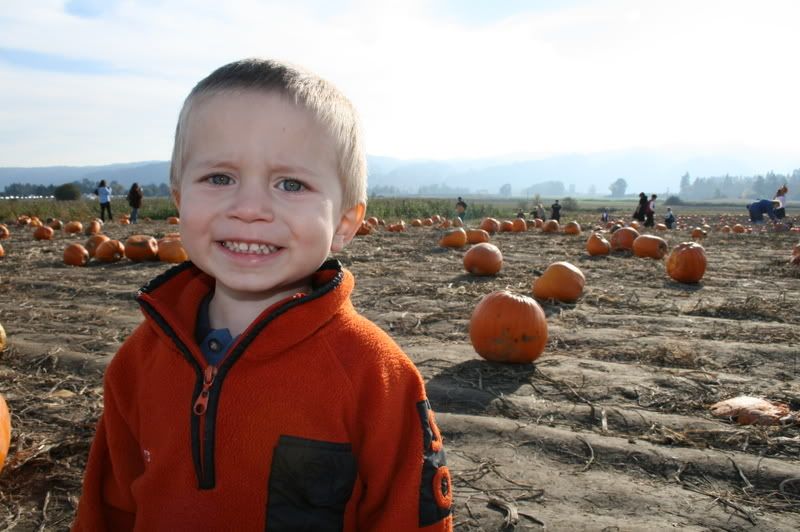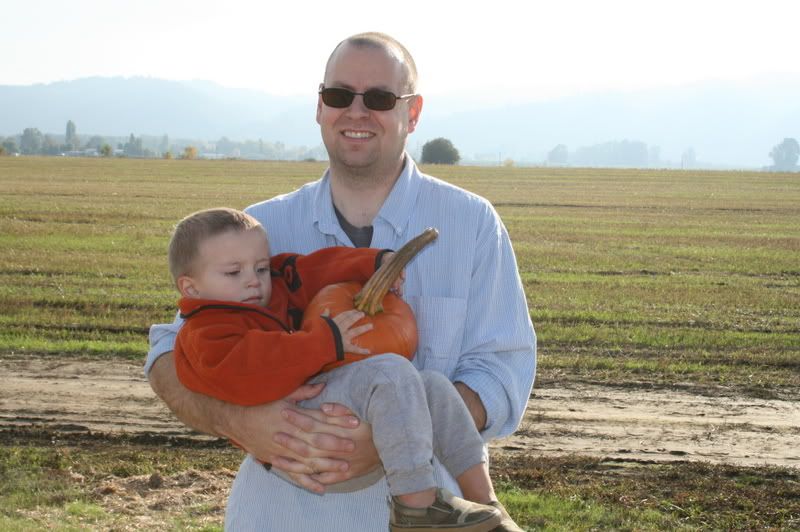Here it is, my interview with Donna Druchunas, author of the awesome new book
Ethnic Knitting Discovery.

We've got some great Q&A with the author along with some general information on the book at the end. Donna is midway through a blog book tour so if you find this post interesting and informative and want to learn more,
check the listing of other blogs on the tour. There are some good ones there!
Without further ado, here's the interview!
Your publisher is a small independent press. How did you hook up with Nomad Press and work with them on this book and your last one, Arctic Lace?I met Deb by accident on the internet. When I was working on my first book,
The Knitted Rug, I was having trouble shrinking the history section to the length my publisher wanted. I was poking around on the internet one day (a favorite procrastination tactic of mine), when I stumbled onto Deb's website and noticed that she 1) published knitting books and 2) coached writers. So I shot off an email to her right away. She was able to help me with my chapter, and we kept in touch after that. When I told her about my idea for Arctic Lace, she was interested immediately. And the rest is history, as they say. We enjoy working together (most of the time, sometimes I'm crabby).... and I think we make a great team. Now we've done Arctic Lace and the new book, Ethnic Knitting Discovery. I love the process and end the results!
This is your third book (and I know you're currently working on a fourth since I'm designing a sweater for it). What inspires your book ideas and how do you go about taking a flash of inspiration to something that a publisher wants to take on?Actually you're designing a sweater for what will ultimately be my 6th or 7th book. I can't even believe I'm saying that but it's true! I have a lot of stuff in the pipeline and it's been a really busy few years for me. Next year I'm taking it slower.
I have a whole file full of book ideas--enough to keep me busy for my whole life.
Everything inspires me: other knitting books, projects my grandmother made, items I see on the web or in museums. I am especially interested in exploring historical knitting techniques from around the world, but I guess that's obvious. I love the new kitschy, punk, and fashionista stuff that's out there today, but it's not a direction that my work is going in. I prefer to look to the past for inspiration, even though I love everything modern and futuristic, too.
Are there any particular knitting authors/designers who have influenced your style (either knitting or writing)?Not consciously. I try to write the way I talk, so if you have met me, you can hear my voice when you read my words. I don't know how successful I am but that's my goal. Of course, when I write a book, I also try to be more succinct than when I talk or write for a blog! I do tend to ramble sometimes.
That said, I've always been impressed by Meg Swansen's work. And, obviously,
Knitting in the Old Way by Priscilla Gibson-Roberts and Deb Robson was a huge influence in the development of Ethnic Knitting Discovery. Other than that, I'm very inspired by the anonymous designers of the past and present. There are some wonderful knitters who sell mittens and socks in the tourist market in Vilnius, Lithuania, for example, and no-one will ever know their names.
Which project in the book was your favorite to write about? Your least favorite?I love the little story from the Netherlands about the little old woman who lived in a shoe. No, wait, she lived in a windmill and she kept knitting and knitting and knitting until her tiny home was full. Then she would rip out the knitting and start over again. I found that story in an old magazine in the collection at our local historical museum when I was doing research for my first book. I love looking at old books and magazines.
I don't really have a least favorite project. I only chose things that I like. :-)
How long did it take you to complete the book?That depends. I actually wrote this book fairly quickly, perhaps in a month or two. But getting the ideas together, and figuring out what I wanted to write about, and how much information I could include took a long time. I spent several months working on the table of contents and trying different outlines, and thinking about how much material I could realistically include in a book like this. I tend to lean toward the more and bigger side of the equation, but in these books my editor and I agreed that less is better. We wanted to be able to provide a lot of detail about each technique and each type of sweater construction, so we had to limit the options.
It also took a lot of time to work out the details for the spreadsheets, and the production time was pretty long because there are so many different illustrations. My editor wrote about developing the illustrations on
her stop on the blog tour. Actually, she got carried away and wrote 5 fascinating posts on the topic!
She did get carried away! Anyone wanting to learn more about the book-publishing process should go read these posts - they are amazing! Now, can you share a brief overview of your book-writing process from concept to completion?Wow, that's a lot of information to fit into a short space. I think that's a topic for another book.
I would definitely buy that book! In the section of Ethnic Knitting Discovery on the Andes, you describe the Andean style of knitting (where the yarn is tensioned around the neck). I've seen this done but I've never had the courage to actually try it. Do you use this technique and, if so, for what kinds of projects?So far I've only used this technique to make a couple of small projects, but I'm planning to spin some natural colored wool for a sweater that I want to knit with this technique.
Finally, what in the world are you knitting in this author photo on the back cover of the book with those gigantic needles? 
For my first book, The Knitted Rug, I did a lot of knitting with size 17 and 19 needles, but I never found any needles this huge! These are actually made out of wooden dowels, and they're used for knitting rugs with about 20 strands of yarn held together, or fat strips of fabric.
I found them in England when I was teaching at Woolfest last summer. They were being sold by fiber artist
Ingrid Wagner. I wanted to buy a pair but I was afraid I wouldn't be able to bring them home on the plane, so I bought a shorter pair, about 2 feet long, that I could mail home in a tube. I haven't made anything with them yet, but I do want to make a runner for my hallway using strips of polar fleece fabric.
Thanks for that very informative interview, Donna! It was great fun being part of the blog book tour for Ethnic Knitting Discovery, and I hope the book is a great success. Following is some general information on the book, provided by Donna. Also, if you are interested in seeing some very cute sweaters made using the techniques in this book, check out the new issue of
Holiday Gifts from Interweave Press. This magazine includes a pattern for Big and Little Ski Sweaters along with an article on designing your own Norwegian-style sweaters.
Now, here's the book info, and thanks for stopping by!
Donna Druchunas presents traditional knitting designs and techniques from across the globe in step-by-step fashion. She begins with what ethnic knitting is, what you don’t need to know, and color tips. For each geographic location, she offers brief knitting-specific history, instructions for key techniques, and a handful of versatile patterns (texture or color). A small introductory project lets the reader practice new skills, which are then applied to the knitting of individually
designed pullover sweaters.
Features:
Four skill-building small projects and eight sweater projects, each with worksheets geared to three levels of knitting experience—suitable for self-study or group workshops. First of a set of three books introducing traditional knitting techniques in a graduated fashion.
Skills covered include:
• knitting patterns back-and-forth and in the round
• working from charts
• steeks
• puntas
• stitch-and-cut armholes
• centering patterns
• managing repeats
• welts
• half-gussets
• Andean-style purling
Audience:
Knitters, beginning to intermediate. “What is really nice is the three levels of detail in pattern presentation, which makes it a great book for people transitioning from magazine-style patterns to rule-of-thumb approaches. . . . It took me a little bit of time to understand how subtly masterful it is. . . .” —an advance reader
Endorsements:
“This carefully crafted book will invigorate today’s growing community of highly intelligent knitters who are eager to learn and fly solo like those who preceded them.” —Cat Bordhi, author of New Pathways for Sock Knitters and many other titles
“The twelve projects are all based on ethnic designs proven by the test of time. With this book in hand, one need not fear getting lost!” —Priscilla Gibson-Roberts, author of Knitting in the Old Way and many other titles
“Whether you are a timid beginner or a seasoned knitter, you’ll find instructions that fill your needs and inspiration to fill your hours of knitting pleasure.” —Beth Brown-Reinsel, author of Knitting Ganseys

















